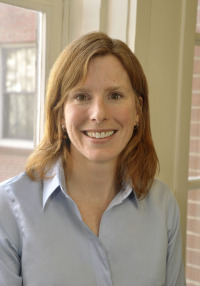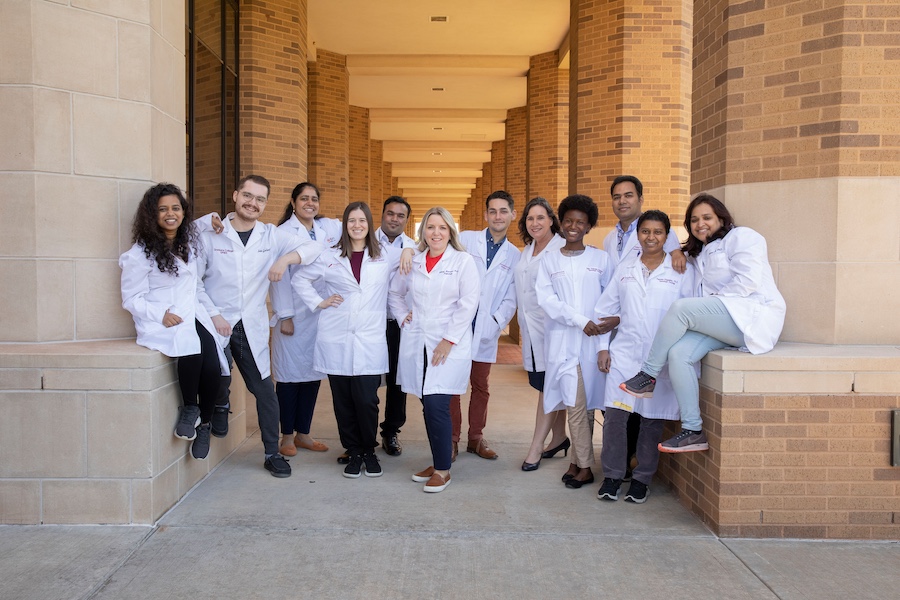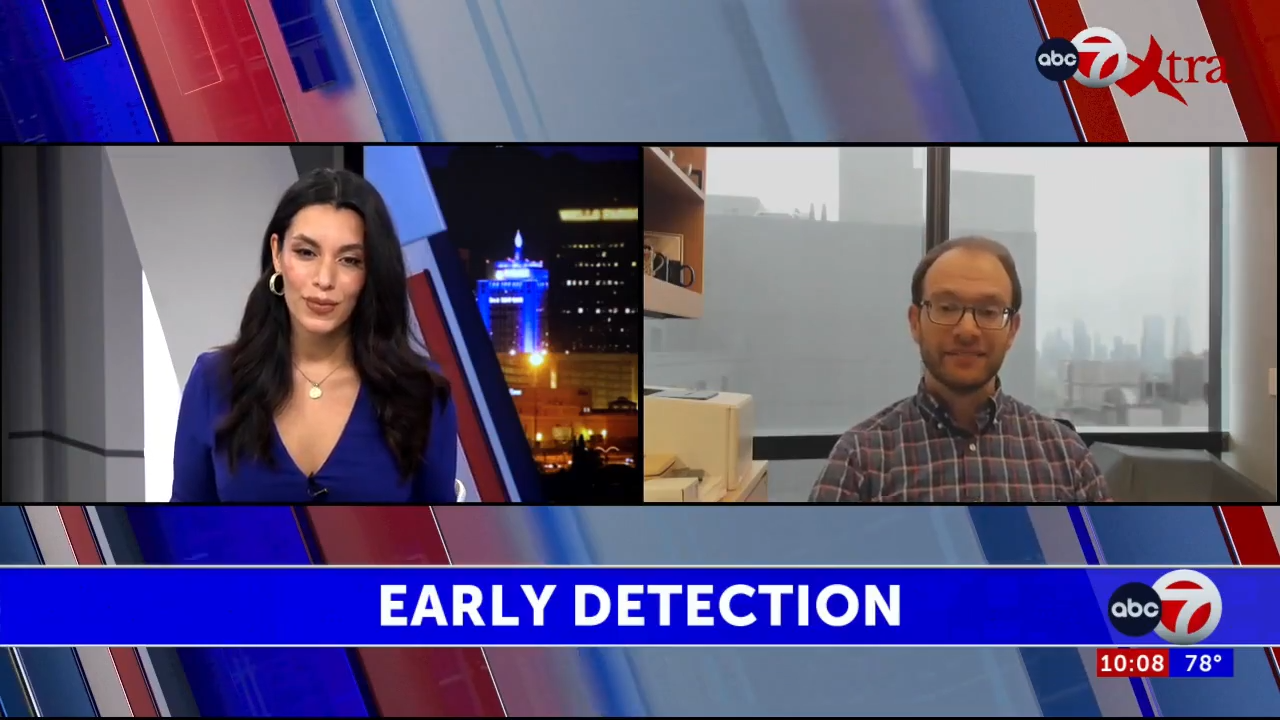
Kathryn Terry, ScD is an Assistant Professor of Obstetrics, Gynecology, and Reproductive Biology at the Harvard Medical School/Brigham and Women’s Hospital in Boston, MA. She received an OCRF Liz Tilberis award in both 2006 and 2009. She was interviewed by OCRF’s Director of Grants, Sarah DeFeo.
Sarah DeFeo: Dr. Terry, tell us a little about your background and how you became interested in ovarian cancer research. Were you always interested in science?
Kathryn Terry: Although my path to ovarian cancer research wasn’t always obvious, I always knew I’d be a scientist. I come from a family of physicians. My parents, grandparents, uncles, and siblings are physicians so I’ve always been around medicine. However, I’ve always been more interested in research than clinical medicine. I was a history major in college and the highlight, for me, was investigating a historic object to figure out its story. After college, I worked in the clinical trials department at Memorial Sloan Kettering Cancer Center enrolling patients and collecting data for prostate cancer clinical trials. Through that experience, I discovered epidemiology. When I started graduate school, I was drawn to ovarian cancer research because there’s so much work to be done. Ovarian cancer often escapes detection which makes it quite lethal. Clearly, there is a lot to learn about ovarian cancer. I felt that I could make a bigger difference working on ovarian cancer than other diseases.
SD: Tell us about the research you’re doing now.
KT: I’m studying telomeres, which are the repeated DNA sequences that protect the ends of chromosomes. They act as a biological clock by shortening a little bit each time a cell divides. When they shorten to a certain length they tell the cell it’s time to die. This is one way the body helps keep cell growth under control. There are a lot of things that keep the telomeres operating smoothly, such as proteins that hold the telomere in place or can increase the telomere length in cells that need to stay alive longer. I’m studying common genetic changes that may influence telomere length and ovarian cancer susceptibility. I work on a large study with over 1,000 women with ovarian cancer and 1,000 controls (women without ovarian cancer) who have donated blood samples and provided extensive data about themselves, including reproductive history, medical history, family history, and lifestyle choices.
SD: Ultimately, how do you hope this study will benefit ovarian cancer patients?
KT: If we can identify which common genetic variants make women more susceptible to ovarian cancer, we may be able to identify women who will benefit from screening. Ovarian cancer is rare so screening tests for ovarian cancer tend to have a lot of false positives. Screening tests perform better in high risk groups because there are more true positives.
Also, I hope that my work will shed light on new avenues for research. By understanding what genetic changes increase or decrease ovarian cancer risk, we can learn more about what pathways might be involved in ovarian cancer development.
SD: I often hear the phrase “all cancer is genetic.” Can you explain what this means?
KT: We know that some cancers run in families. For instance, Ashkenazi women have an increased risk of ovarian cancer because they are more likely to carry the BRCA1 and BRCA2 mutations that increase breast and ovarian cancer risk. Consequently, these families often have sisters, daughters, cousins, etc. with breast and/or ovarian cancers. However, cancers can occur in women without a family history, and these types of cancers also have a genetic origin. Our cells are regulated by the information in DNA. When that DNA acquires errors, either passed on by parents, from environmental exposures, or even by chance, then the cell may lose its ability to stop dividing when it should or may grow when it should not. This imbalance of cell death and growth leads to cancer. Usually, several of these mistakes are needed for cancer to develop. Therefore, the way we acquire errors (from mom and dad, the environment, etc.) may vary between individual cases but all cancer starts from mistakes in the DNA.
SD: You are the recipient of OCRF’s Liz Tilberis award – first in 2006, and again in 2009. What impact has OCRF funding had on your ability to pursue this research?
KT:Funding from OCRF has helped me in two major ways. It helps support my salary so I can spend time on this work and it helps pay for the tests I need to run to get these results. Using funds from the 2006 award, I measured telomere length and genotyped DNA (tested for genetic changes) from over 2,000 women on 39 genetic variants in 5 genes. We were excited to find that some of the genetic variants we were studying were associated with telomere length and ovarian cancer risk.
With the 2009 award, we plan to look at whether non-genetic exposures (like reproductive history, physical activity and diet) influence the association between these genetic variants and ovarian cancer risk. In addition, we plan to collect detailed treatment and survival information on the cases in our study and then look at whether genetic variation in the telomere pathway influences prognosis.
SD: What do you think is the biggest challenge in ovarian cancer research?
KT: As an epidemiologist, one of the biggest challenges is that ovarian cancer is relatively rare. We rely on large numbers to find statistical associations. This is complicated by the fact that there are many types of ovarian cancers (serous, mucinous, endometrioid) which may have completely different pathways of development. In fact, some researchers think that some ovarian cancers may actually originate in the fallopian tubes. If we lump these different types together we may miss important findings since they would get lost in the noise. Large collaborations are needed to get enough cases to look at all these differences. Fortunately, the Ovarian Cancer Research Fund is supporting the Ovarian Cancer Association Consortium which includes 18 studies from all over the world and includes more than 14,000 ovarian cancer cases.


